Symptoms of Nail Fungus and How Can it be Treated
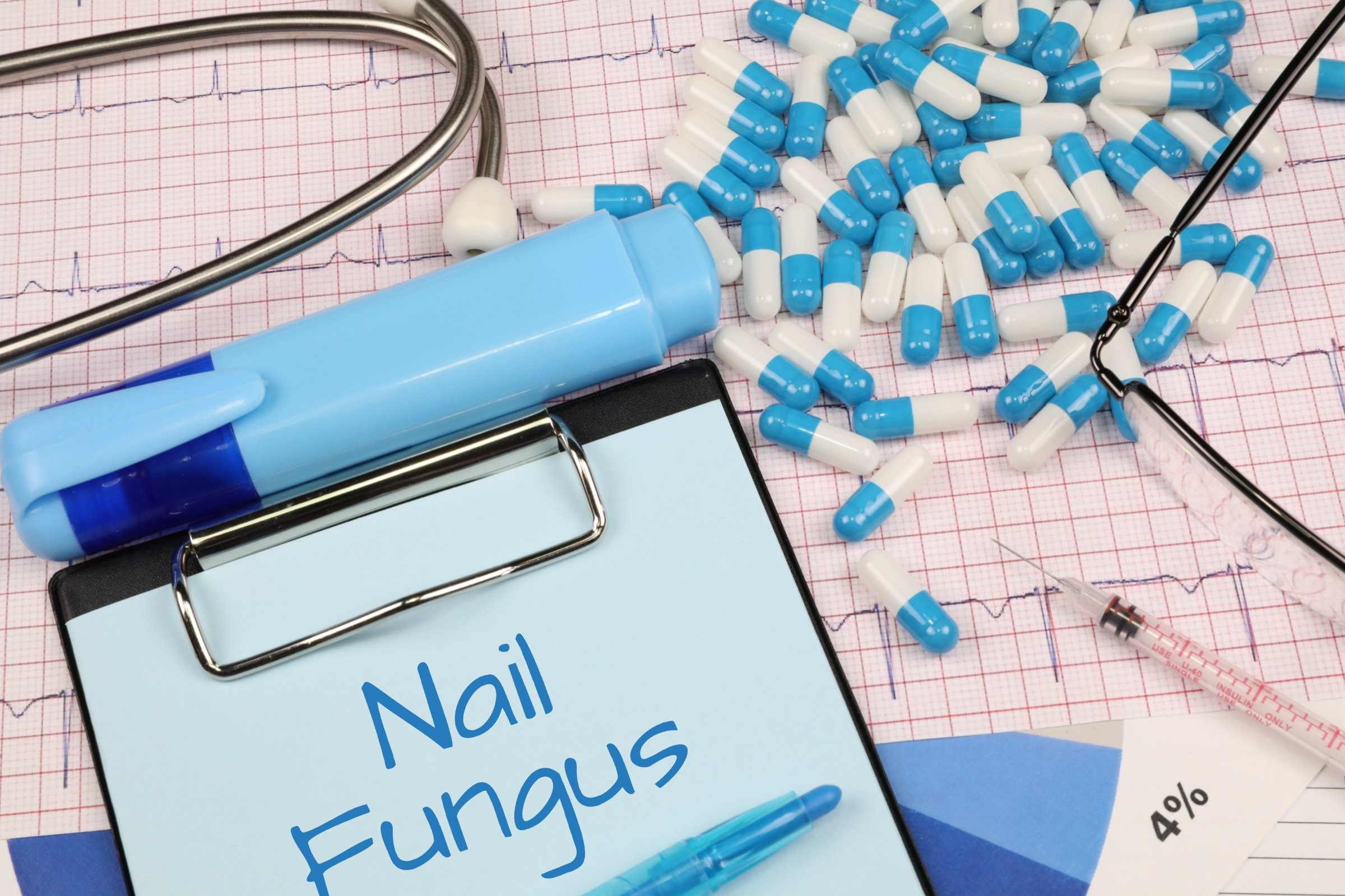
Nail fungus is a common nail infection. Symptoms of nail fungus start as a white or yellow-brown spot under your fingernail or toe. The nail may discolor, thicken, and crumble at the edge as the fungal infection progresses. Nail fungus can infect multiple nails.
By looking at the Symptoms of nail fungus, if your condition is minor and does not bother you, you may not require treatment. If your nail fungus is painful and has thickened your nails, self-care measures and anti-fungal medications may be beneficial. Even if treatment is successful, nail fungus frequently returns.
Onychomycosis is another name for nail fungus. Athlete’s foot occurs when a fungus infects the areas between your toes and the skin on your feet (tinea pedis).
Various fungal organisms cause nail fungus (fungi). The most common type is dermatophyte. Nail infections can also be caused by yeast, bacteria, and mold. The discoloration caused by a bacterial infection is usually green or black.
A fungus in the foot (athlete’s foot) can spread to the nail, and a fungus in the nail can spread to the foot. Contact with areas where fungi can thrive, such as the floor tile in a gym shower or inside dark, sweaty, moist shoes, can also lead to infection.
Table of contents
- Symptoms of Nail Fungus: Risk elements
- Prevention by being aware Symptoms of Nail Fungus
- What Is the Treatment for Onychomycosis (Fungal Nail infections)?
- Treatment
- Antifungal Treatment & What They Deal With
- Treatments for Nail Fungus on Toes or Fingertips
- How to Get Rid of Foot Fungus Naturally?
- Conclusion
Symptoms of Nail Fungus: Risk elements
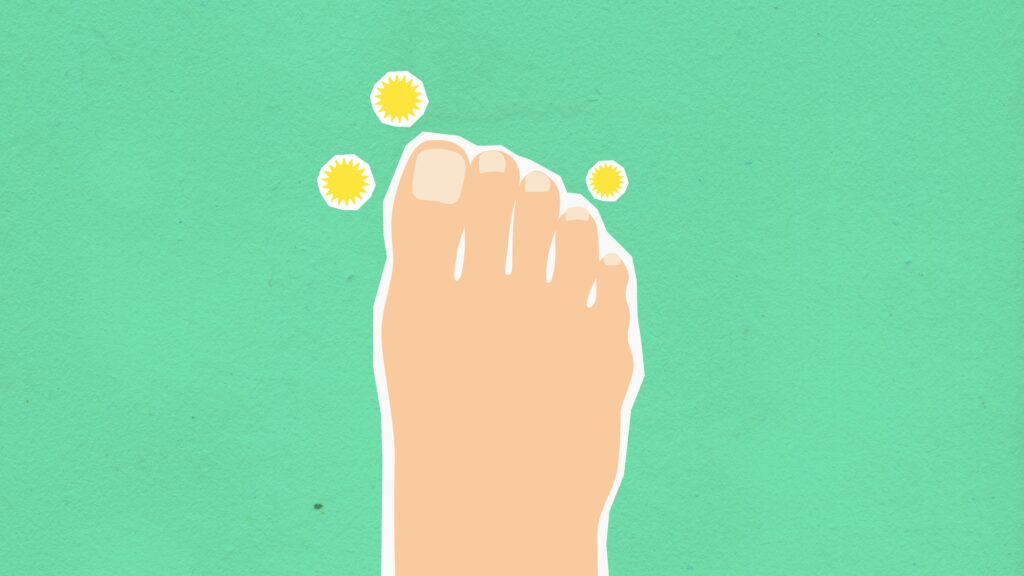
The following factors can increase your chances of developing medication for toe-nail fungus: Wearing shoes that cause your feet to sweat profusely, Having previously had athlete’s foot, walking barefoot in damp public areas such as swimming pools, gyms, and shower rooms, having minor skin or nail damage, Having a nail-related skin condition, such as psoriasis, Diabetes, blood flow issues, or a weakened immune system.
A severe case of nail fungus can be painful and can damage your nails permanently. If you have a suppressed immune system due to medication, diabetes, or other conditions, it may lead to other serious infections that spread beyond your feet.
Prevention by being aware Symptoms of Nail Fungus
The following practices can aid in the prevention while observing symptoms of nail fungus, as well as athlete’s foot, which can lead to nail fungus: Maintain clean and dry nails. Wash your hands and feet regularly. After touching an infected nail, wash your hands. After thoroughly drying your feet, apply an antifungal foot powder and moisturize your nails. Consider using a nail hardener to help strengthen your nails and cuticles.
Maintain proper nail care. Straighten the nails with a file, smooth the edges, and file down.
After each use, disinfect your nail clippers. Allowing your nails to grow long provides more opportunities for the fungus to grow. Wear absorbent socks or change your socks frequently during the day. Choose shoes made of breathable materials. Discard old shoes or disinfect them with antifungal powders.
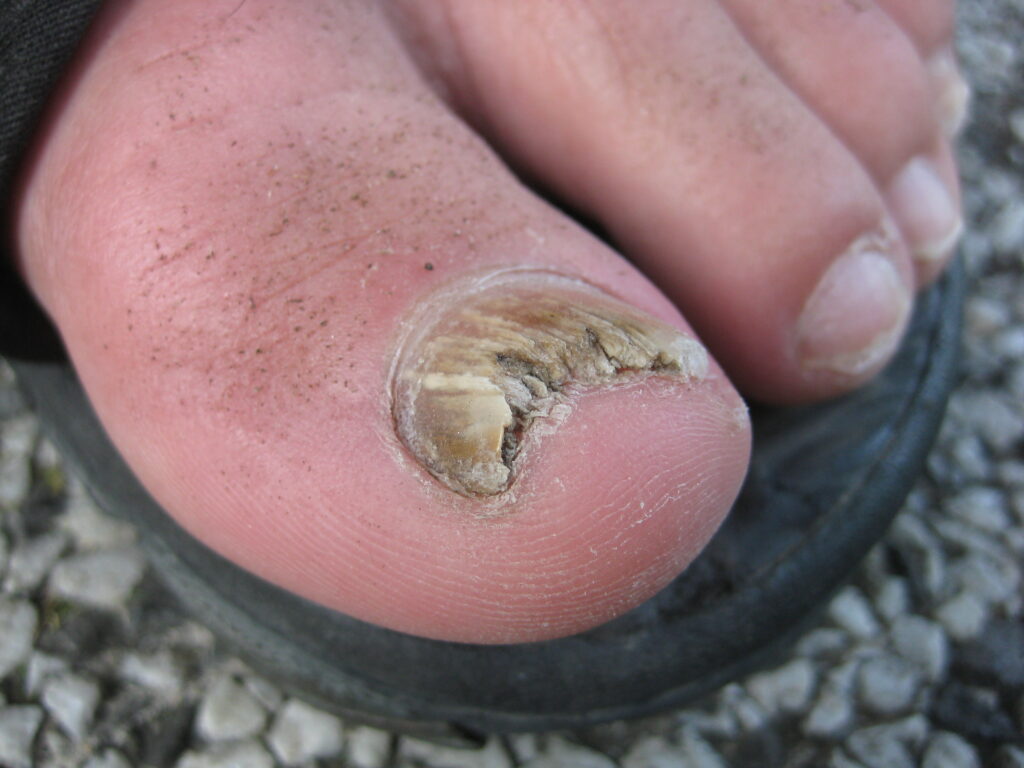
Wear appropriate footwear in pool areas and locker rooms. Select a nail salon that uses sterilized manicure tools for each client. Or sterilize the tools you use for at-home pedicures. Give up nail polish and fake nails. If you have an athlete’s foot, use oral antifungal medication to treat it.
What Is the Treatment for Onychomycosis (Fungal Nail infections)?
Onychomycosis treatment options include chemical or surgical removal of the infected nail, systemic or topical drugs, pulse therapy, or a combination of these. Following the introduction of the oral antifungal medications terbinafine and itraconazole, the treatment of onychomycosis has improved significantly over the last several decades by researching the symptoms of nail fungus. However, these drugs may cause liver damage or drug interactions, which are especially concerning in the elderly population. Furthermore, nail infections caused by non-dermatophyte organisms like Fusarium are particularly difficult to treat.
Treatment
Fungal nail infections are difficult to treat, and toe-nail fungus treatment is most effective when initiated early when the initial symptoms of nail fungus arise. Fungal nail infections rarely go away on their own, and the best treatment is usually antifungal pills taken orally. In severe cases, a healthcare professional may completely remove the nail. The infection can last from several months to a year.

Fungal nail infections are often linked to fungal skin infections. A fungal infection can spread from one location to another if it is not treated. To ensure that all fungal infections are properly treated, patients should discuss all skin concerns with their healthcare provider. Fungal nail infections can reoccur even after treatment. This is more common in humans.
Antifungal Treatment & What They Deal With
Antifungal medications are used to treat several different fungal infections. The type of infection and the severity of the infection will determine what medication is prescribed, however, some common types of antifungal treatment are typically prescribed.
The first type of antifungal treatment is for an athlete’s foot. This is usually effective for people with a mild case, but not for those who have a more serious case or for those who have been suffering from it for an extended period. It generally takes about four weeks to see any improvement with this type of antifungal treatment and it can take up to six months to completely clear up the infection.
The second type of toe-nail fungus treatment is a topical treatment that you apply directly onto your skin and these can be in cream form or as ointments. These treatments work best when combined with oral medications, but they can be used on their own if necessary. They work by breaking down the cell walls of the toadstool, killing it, or reducing its growth. If you notice any symptoms of an infection such as rash, fever, or vomiting, seek medical advice immediately.
Treatments for Nail Fungus on Toes or Fingertips
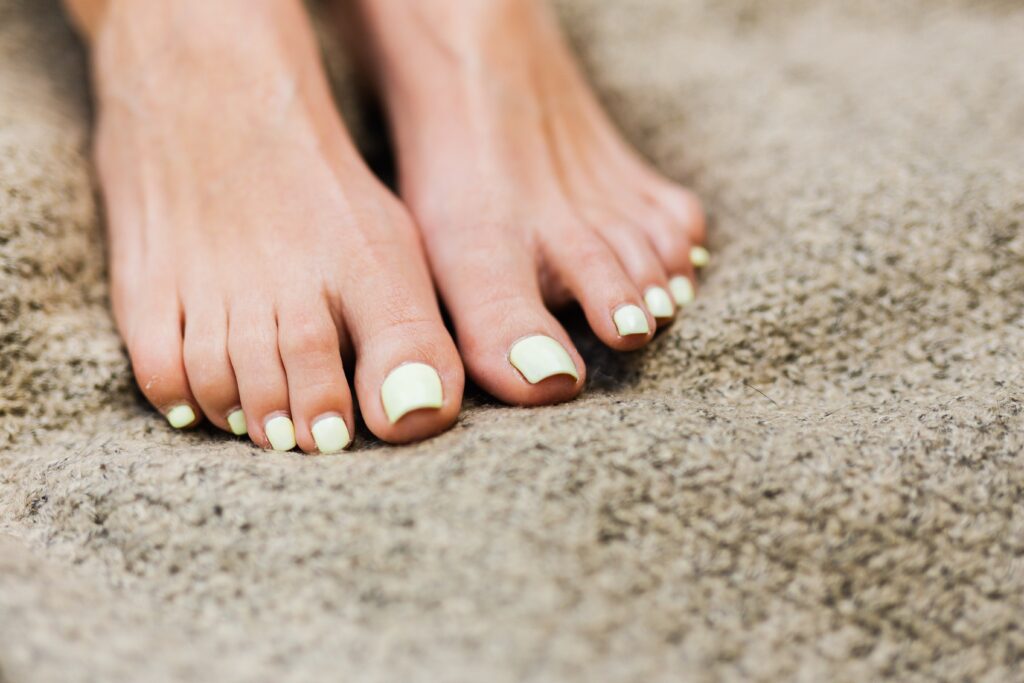
Nail fungus is a common infection that can affect the toenails and fingernails. It’s caused by an imbalance of moisture and bacteria on the nail bed.
The treatment for toe-nail fungus treatment is different than the treatment for other parts of the body. The most common treatments are topical medications, oral medications, or laser treatments.
Nail fungus infections can be treated with topical anti-fungal medications that are applied to the skin around and under the nails. Moreover Oral anti-fungal medications can also be prescribed to treat toenail fungus at home if the symptoms of nail fungus are proper and when topical medication doesn’t work or when it’s not possible to apply topical medication because of certain medical conditions such as diabetes, peripheral neuropathy, or immune suppression.
How to Get Rid of Foot Fungus Naturally?
Fungus is a type of organism that can grow on your skin and nails. It causes nail fungus and athlete’s foot. Fungus thrives in warm, moist areas, such as the feet or groin.
Toenail fungus is a common condition that affects the toenails. And It can be caused by an injury to the nail, frequent exposure to water, or wearing shoes.
It is important to treat it as early as the symptoms of nail fungus arise before it worsens because it can spread to other nails or other parts of your body. Foot fungus treatment options include natural remedies and prescribed medications.
Conclusion
Antifungal drugs are used to treat infections caused by fungi. They can be used for skin, nail, and hair infections. In addition, the future of anti-fungal is promising with new drugs on the horizon.
The future of antifungals is promising with new drugs on the horizon. There are several new drugs in development, and some have already been approved for use in humans.


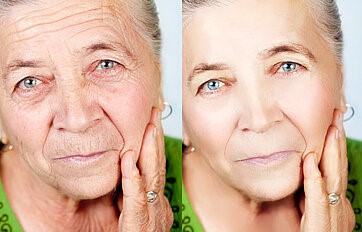





Comment to this Article
Comments that encourage respectful conversation are welcomed at AGP Health n Beauty. Stay on subject, please. Comments that are aggressively promotional of goods or services or that include personal attacks, vulgar language, or other forms of abuse will be deleted. Which remarks break our comment policy will be decided at our discretion. (Anonymous comments are accepted; just leave out your name in the comment box. Although necessary, your email address won't be posted with your comment.)